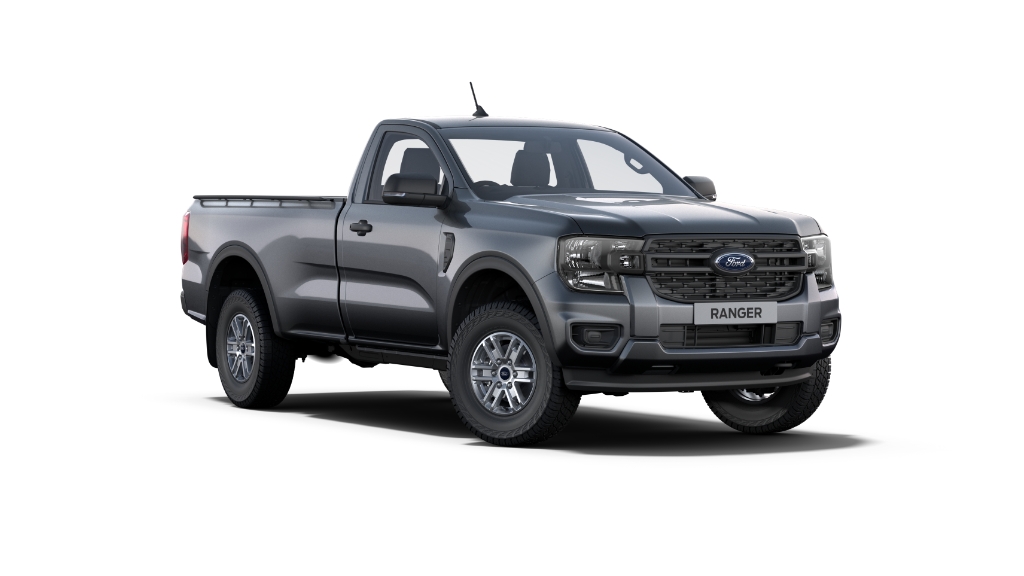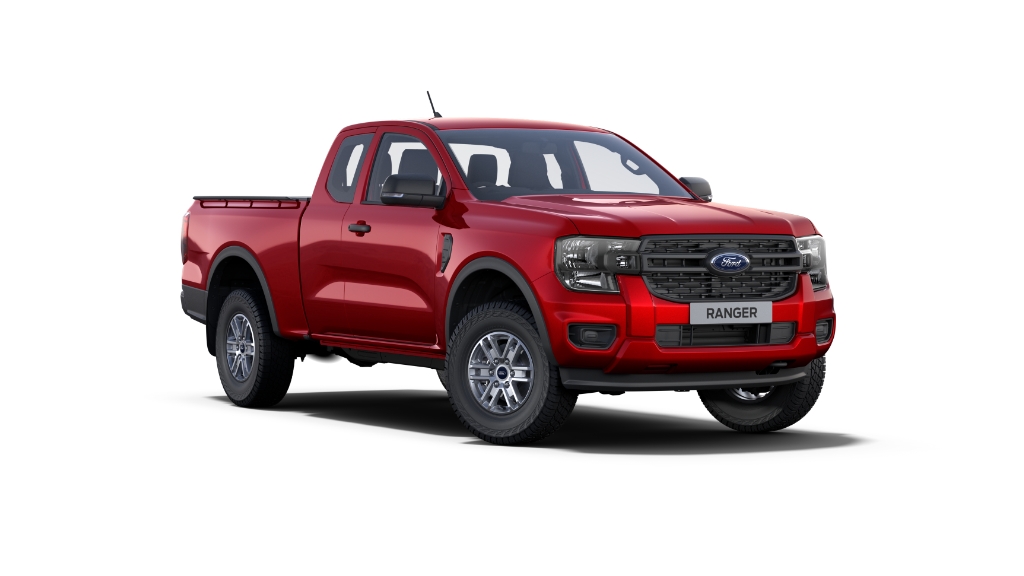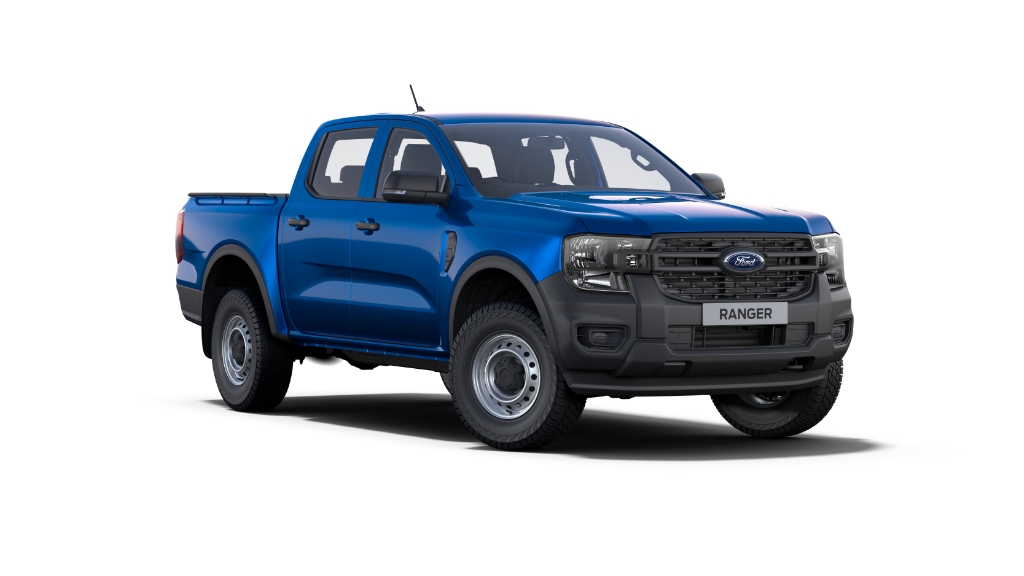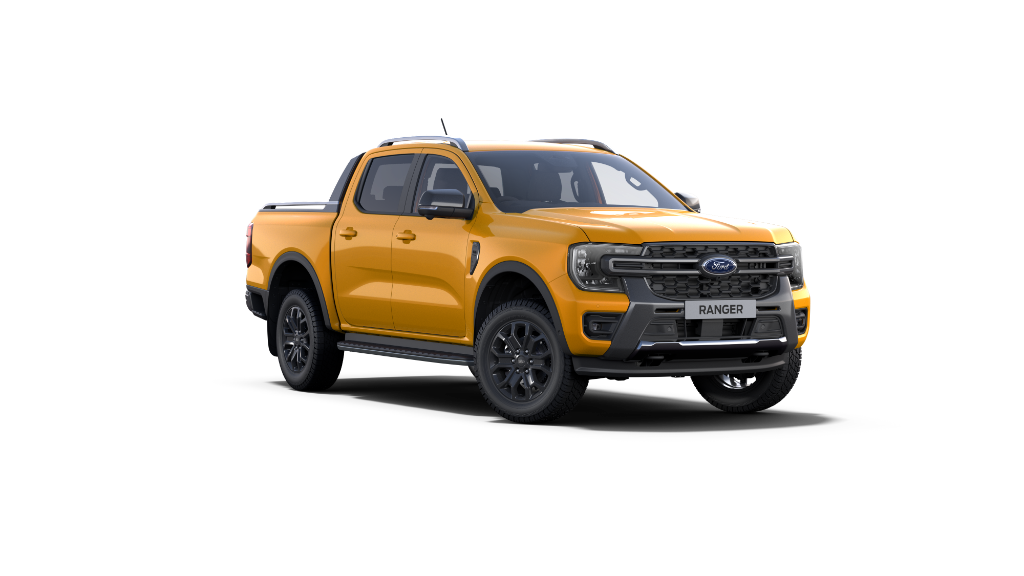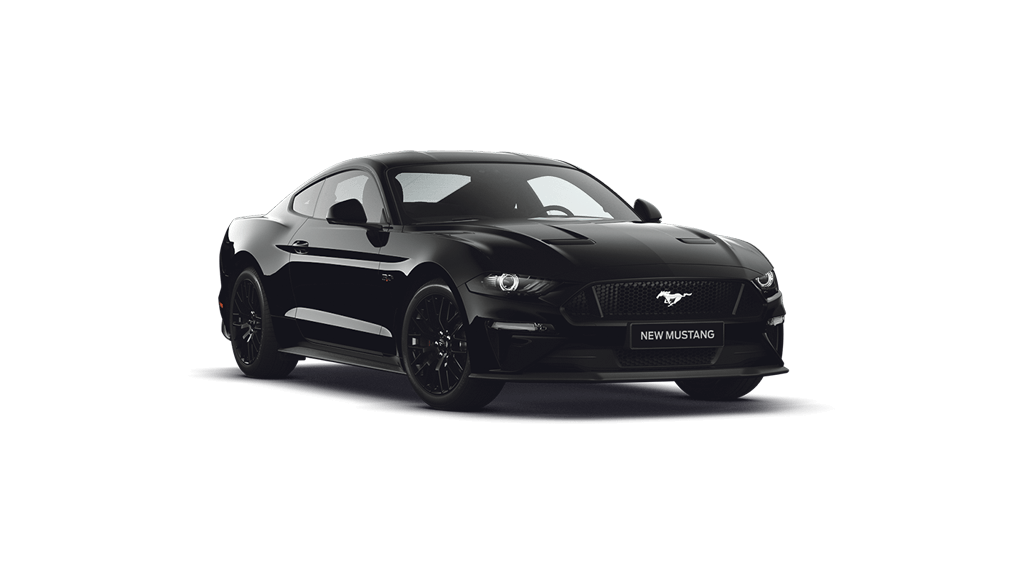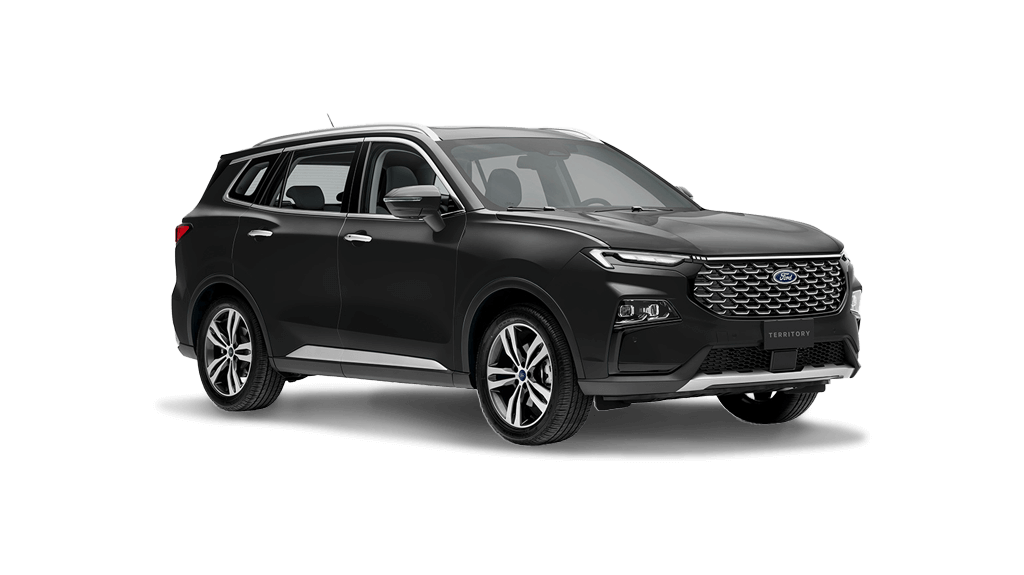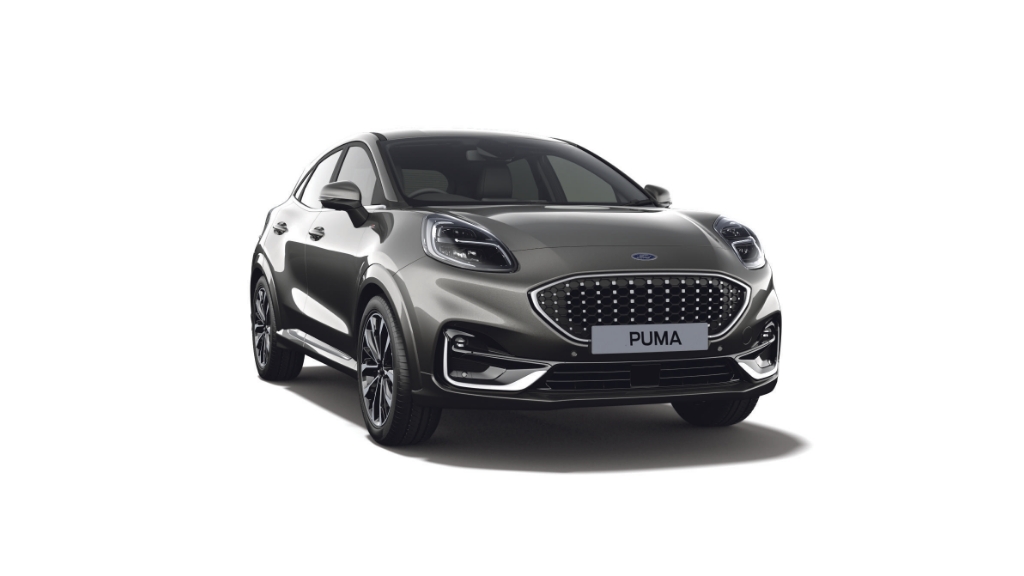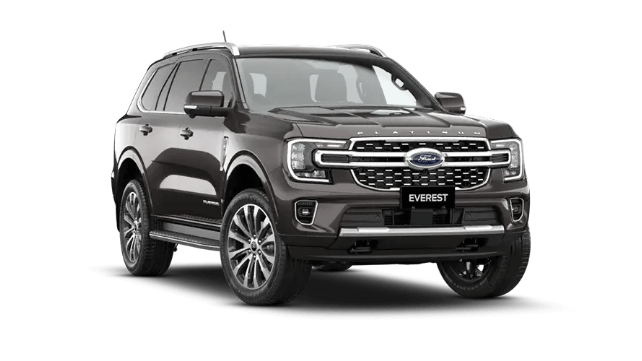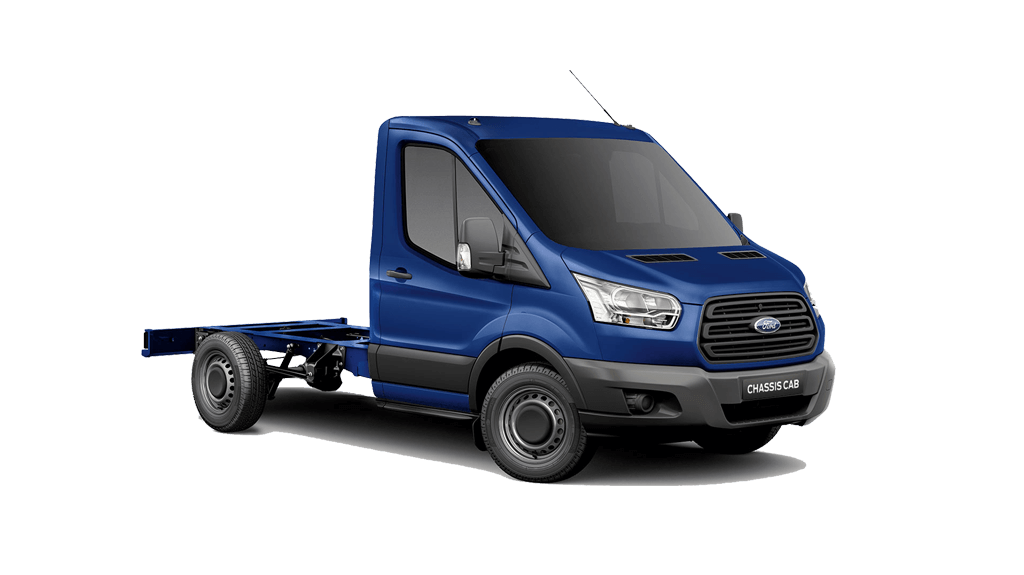Ford news
How NVH Simulations Give Ford Vehicles Outstanding Comfort and a Unique Driving Experience
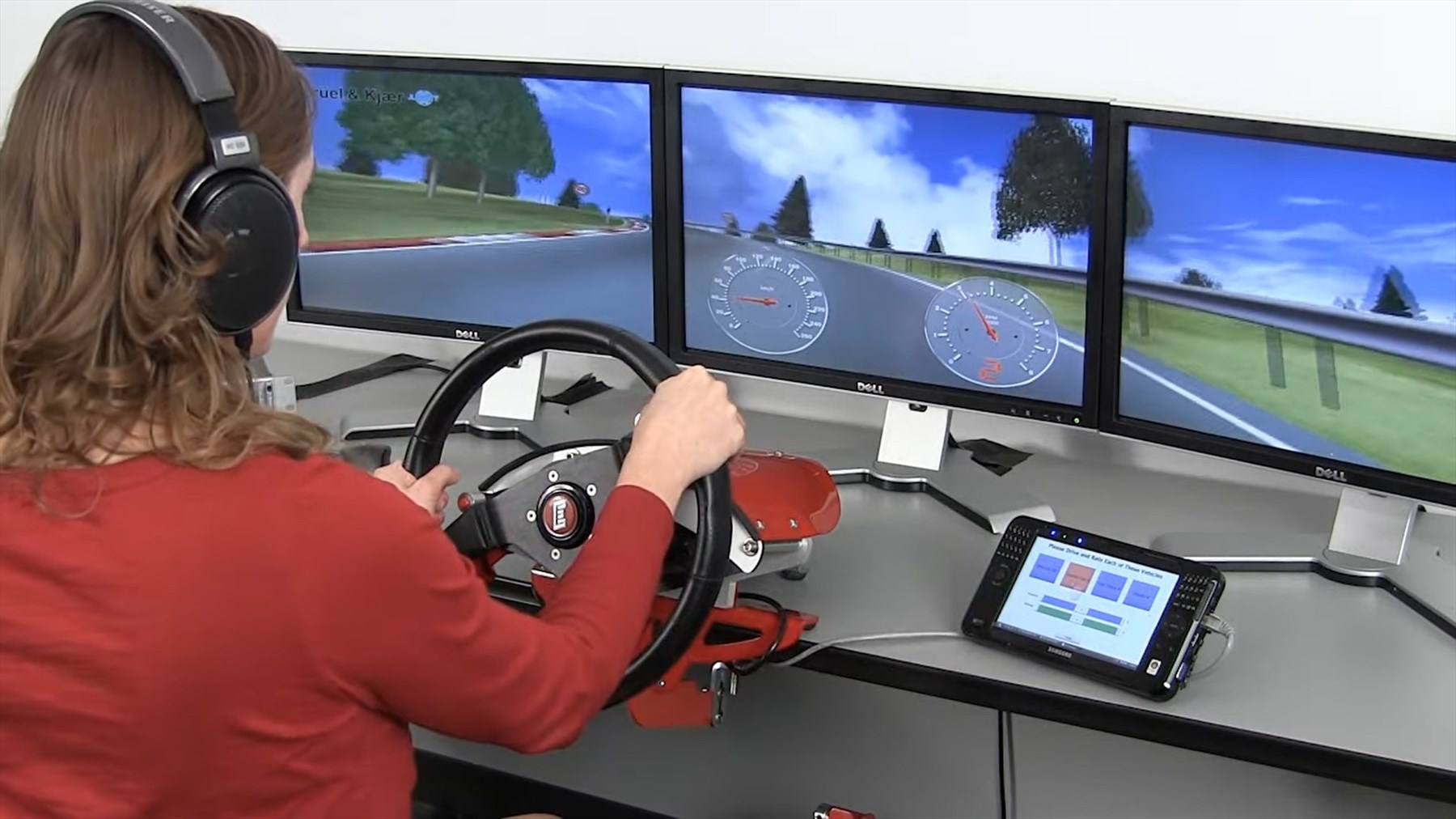
Seeing it Before Hearing it: How NVH Simulations Give Ford Vehicles Outstanding Comfort and a Unique Driving Experience
- Refining NVH is critical to give Ford customers the safest and best cabin experience
- NVH improvement can be done on simulators during the development stages
- Switching from the combustion engines we are familiar with, to electric also poses a challenge for NVH engineers
PRETORIA, SOUTH AFRICA, 28 October 2020 – The unmistakable burble of a high-performance Ford V8 engine catches the attention of onlookers as a Ford Mustang drives by, but inside the cabin you can have a conversation without having to raise your voice. This perfect balance of unmistakable exhaust notes as the Mustang drives by and an outstanding refinement of interior noise is achieved by the Noise, Vibration and Harshness (NVH) team. One of Ford’s NVH teams led by Pat O’Mahony, IMG-Vehicle Noise & Vibration Manager, is on the forefront of NVH simulation and technology, giving customers an experience of distinct refinement in Ford vehicles, being developed from the Ford Australia Proving Grounds.
Different NVH simulators of Ford Motor Company
Refining NVH is critical to give Ford customers the safest and best cabin experience. The harshness of a vehicle can cause fatigue to the driver and stress to the vehicle’s structure. For the past decade, simulators have been used to dial in the NVH of vehicles during the development stages. Heavily utilised in Ford Motor Company, North America, NVH simulator data is deeply regarded in various approval checkpoints during the different stages of development.
There are three main NVH simulators in Ford.
Desktop Simulator – Similar to a gaming PC setup for racing games, the Desktop Simulator consists of monitors, computers with fast processors, a steering wheel and headphones, wherein the NVH team can place a vehicle in several scenarios and listen to its NVH characteristics.
Full Vehicle Simulator- Get the full experience of stepping inside a vehicle and being able to drive it, as the NVH is simulated through the whole vehicle. This simulator takes account of the interior noise and tactile vibrations during normal driving conditions.
On-road Simulator- The newest and most advanced NVH simulator in Ford, the On-road Simulator uses an NVH simulation built on the Desktop Simulator, which is then downloaded to hardware that is connected to a module in a vehicle that is driven on-road. The module can simulate the noise which the engine and exhaust produces, in real-time and in real-world scenarios. It gives you the impression of real world driving but using the sound surrogate of another car. For example, an engineer can take the simulation noise of a Mustang from the Desktop Simulator and download it into the On-road Simulator which in onboard his Explorer, and as he drives home from work, he can evaluate and toggle between the NVH sound qualities to get an idea of what best suits the vehicle going into production.
“Simulation is handy to break down problems during various test phases. We can quickly isolate where the sound is coming from. We can deconstruct the car and be able to solo (isolate) the intake noise, road noise, engine noise and identify the problems very quickly,” says O’Mahony. “Data collected from isolating the various noise sources gives targeted guidance to the test team that may hear or feel something in the car, but they don’t necessarily know where to start looking for the problem.”
Advantages of simulating NVH
Before NVH simulation was used, the NVH team would have to share prototype vehicles with the product development engineers in the testing phase of vehicle development. During such time, the vehicle is torn down, modified and built back up, greatly affecting the outcome of the NVH tests. With simulation, the entire NVH team can gather in a room, and listen to the NVH characteristics together without having to disrupt testing of a vehicle prototype.
Having NVH simulations can greatly affect the timeline and cost of developing a vehicle. The Technical Lead for NVH Simulator, Carl Landgraf explains, “Traditional vehicle NVH testing would take an exhaust off one vehicle and put it on another. This is very timely and most cases hearing the differences are washed off because you can’t test them within the same day. Now you can test these sounds in the simulator using a few mouse clicks.”
How accurate is the NVH simulator?
Ford leverages on its years of accurate data collection and best processes to build the NVH simulation. Analysis is carried out on a higher scale as compared to common NVH tests that are standard in the industry. Ford used the early years of developing the NVH simulator to ensure the maximum accuracy of all the data going in and out of the simulation.
“Ford Motor Company in North America deconstructed a current production vehicle and reconstructed it in simulation. They ran pre-prescribed tests, and nobody could tell the difference between the two. It comes down to the quality of the inputs to get a quality outcome using the sim,” says O’Mahony.
Challenges of the future
The evolution of powertrains is coming upon us and switching from the combustion engines we are familiar with, to electric also poses a challenge for NVH engineers like O’Mahony and Landgraf. “As we move into electrified powertrains the challenge has become different as the sound of the internal combustion engine goes away and there’s less over all sound in the vehicle,” says O’Mahony. “New electrical sounds are introduced that aren’t present in the internal combustion engine. Dealing with those new sounds is a whole new set of challenges as well as the existing sounds we know of, like the road and wind, which become more prevalent because of how silent electric vehicles are. Also, coming up with sound absorbing materials that are lighter becomes a challenge.”
“Exterior noise is also a problem in electrical vehicles. There is a DNA sound as the vehicle approaches and passes by for every vehicle. There’s also a legal noise requirement that electric vehicles have to meet to be able to warn pedestrians, that it is approaching,” says Landgraf.
# # #
Read the latest news from Ford South Africa by visiting the Newsroom:
https://www.ford.co.za/about-ford/newsroom/
Original article and image as supplied by QuickPic

